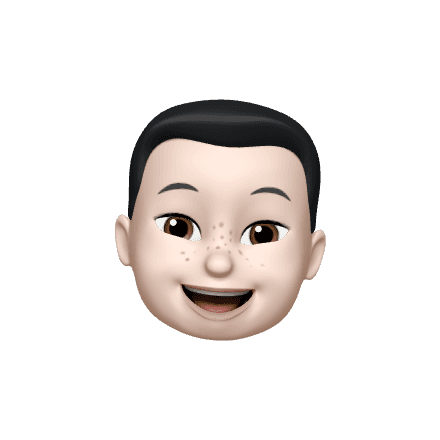Steady Gait
MAIN GOAL
Optimize a existing Medical Assistive Device prototype.
MY ROLE
Product Designer - UX Research, Business Research, Concept Development, User Testing
TIMELINE AND STATUS
2 months, under development
TEAM
UX Designers
Product Designer
UX Researcher
CLIENT
O
V
E
R
V
I
E
W
O
V
E
R
V
I
E
W
O
V
E
R
V
I
E
W
O
V
E
R
V
I
E
W
O
V
E
R
V
I
E
W
1,000,000 people
In the USA suffer with parkinsons
63%
experience freezing of gait
Audio alert in SteadyGait is proven to be less effective because of the sensory overload and cognitive challenges faced by Parkinson's patients, thereby reducing the device's overall efficiency.
Parkinson's patients often experience gait freezing, a condition that causes temporary pauses and hesitations during walking, limiting their mobility and independence.Gait freezing affects up to 53% of people with Parkinson's disease leading to 68% of falls
Vibrotactile alerts offer a direct and intuitive sensory feedback, with studies showing that up to 85% of Parkinson's patients respond positively to tactile cues, making them an ideal replacement for audio alerts.
Utilizing advanced machine learning techniques, Freeze Release detects the onset of gait freezing in Parkinson's patients. This technology senses and identifies walking disruptions characterized by temporary pauses and hesitations, improving mobility and safety for the patients.
Using sensors, such as accelerometers and gyroscopes, attached to the ankles, it can track movement and analyze gait patterns. Machine learning algorithms can then process this data and detect changes in gait that indicate an increased risk of gait freezing.
Once the gait is detected, the system can alert the user to modify their gait, either through through haptic feedback, such as a vibration. By correcting their gait, the user can reduce the risk of gait freezing and prevent falls and other accidents.
This data can provide insights to doctors on whether the medication dosages prescribed to a patient are effective or not. By analyzing the data, doctors can identify patterns or trends that may indicate whether the patient is responding positively or negatively to the treatment.
Physical therapists can use this data to better understand the effects of ongoing therapy on the patient's body. They can analyze the data to see how the patient is responding to the therapy and make any necessary adjustments to ensure that the therapy is effective.
Owing to the project's scale, the substantial resources needed, and the established schedule, we chose the Double Diamond Design approach, guaranteeing user participation at each stage.
#Enhanced transparency
#Optimal use of time and resources
#User satisfaction
#Higher quality outcomes
Understanding Parkinson's patients
Rising cost of Parkinson’s care
7+ doctor visits
Lack of Gait altering products












The interview questions ranged around understanding living with the disease, how to manage it, treatment options, and patients' perceptions of medical technologies and physical therapy
Pinpointing the challenges
Upon delving into the complexities of Parkinson's disease in the "Discover" phase, our next step is to crystallize those findings in the "Define" phase. Here, we meticulously break down and outline the specific challenges identified.
"Avg 16 times per day the user feels stuck"
Discoveries
Incorporating Design Research: Bridging Insights and Innovation
Rapid ideation
Crazy 8's
In the ideation phase , we employed the Crazy 8's method, a dynamic and efficient approach to brainstorming and flow development
From concepts to screens
Sketching the Screens
Machine learning feedback
Predicts falls
Vibrotactile Feedback
Sharing Gait Data
This data can provide insights to doctors on whether the medication dosages prescribed to a patient are effective or not. By analyzing the data, doctors can identify patterns or trends that may indicate whether the patient is responding positively or negatively to the treatment.
Physical therapists can use this data to better understand the effects of ongoing therapy on the patient's body. They can analyze the data to see how the patient is responding to the therapy and make any necessary adjustments to ensure that the therapy is effective
🌪️ Navigated the fast-paced world of Agile design, adapting quickly and efficiently to evolving project requirements.
🤝 "Collaborated effectively with multiple stakeholders, balancing diverse perspectives and needs in the design process."
💡🖥️ Demonstrated the powerful synergy of technology and design thinking, creating innovative solutions that highlight their combined potential.
🎯 Emphasized the importance of early design direction, showcasing its impact on successful project outcomes.














































